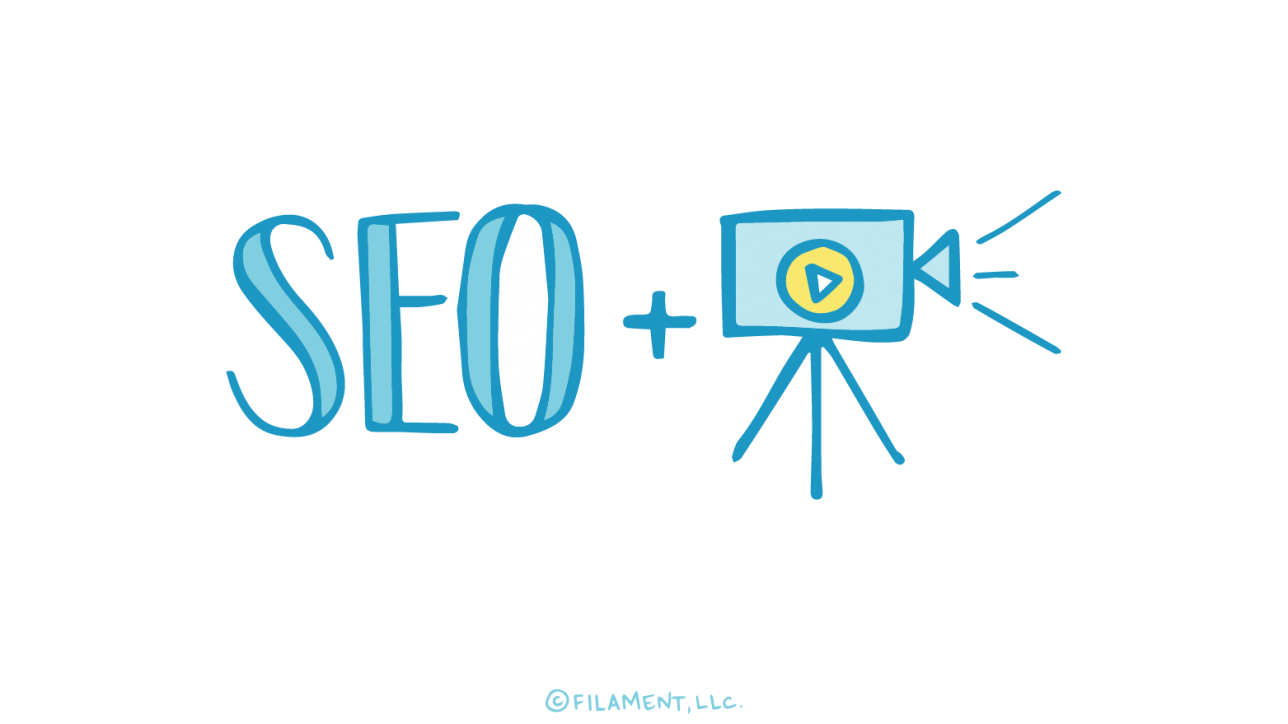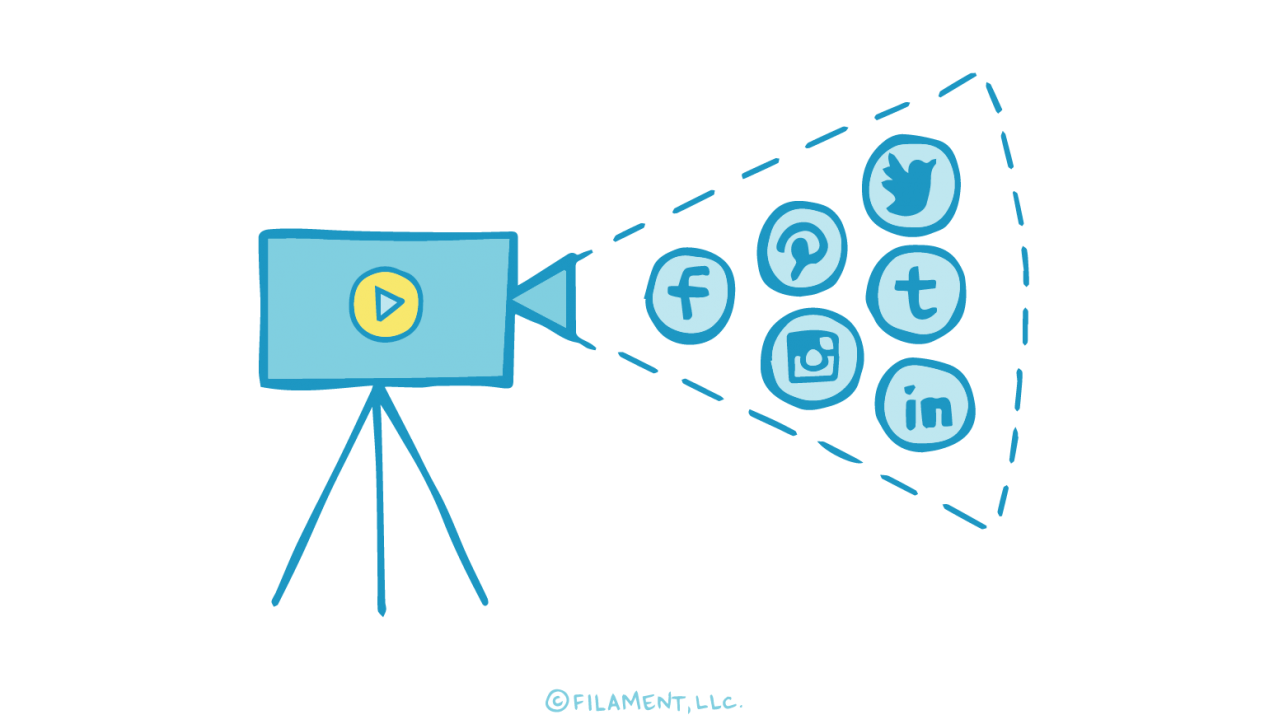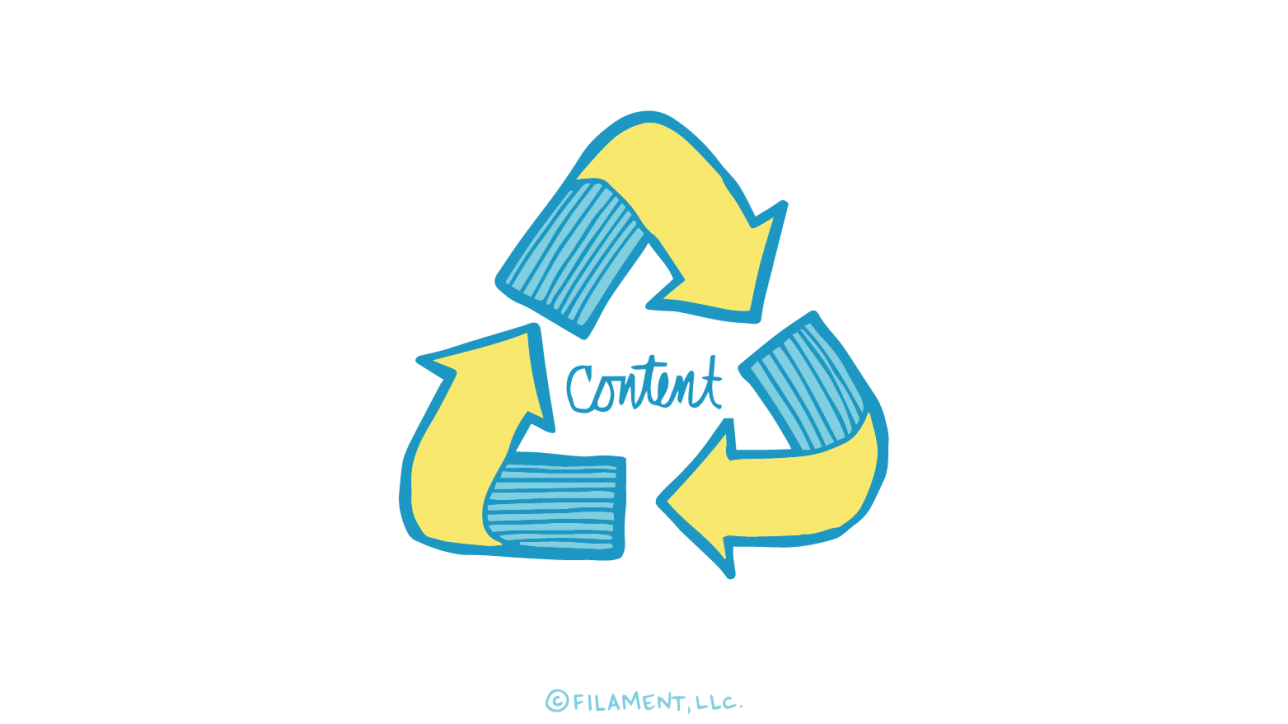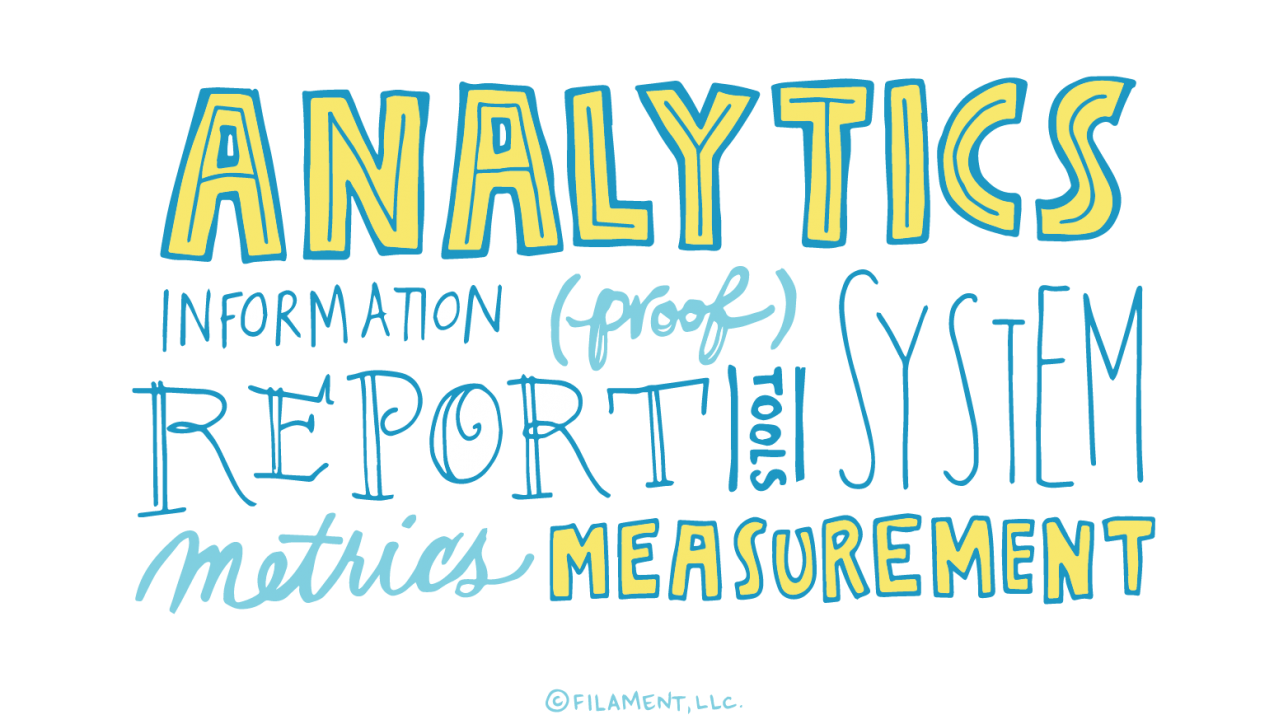We’ve established that video is vital to your online marketing efforts. Today’s world is all about images, and why have still when we can have video? It’s exciting, it’s dynamic, it’s engaging. Overall, it’s a fantastic way to present yourself and your products to the world. But, of course, it’s not as easy as taking a video of your product in action and then sitting back and watching the new customers come rolling in. Video SEO optimization will help you push that video out to the public to help it get found.
So how do you dive into the video SEO optimization process? Never fear, Filament is here to walk you through the steps necessary to achieve search engine optimization for your videos.
Keywords
Like everything in the SEO world, keywords are the central focus. There’s a little bit of magic in those keywords/keyphrases because they define you, your business and/or your products so choose well. Do your due diligence and research and then keep coming back to your same keywords. In relation to video you want to work those keywords into the file name, title, tags, URL, and any link text. It may not be possible to link them in every area and you don’t want to use every keyword you have but be logical and write “comfortably”. You’ll also want to create a brief paragraph that describes the video and work in those vital keywords again.
Share!
Post your video on your website, obviously, and then share it on your chosen social media outlets. You never know who’s going to have the next viral video – it could be you. Just remember to optimize wherever possible to include those keywords.
**Just a note here: your company name is your first keyword. It may seem obvious but it ALWAYS needs to be included as a keyword.
Link Strategy
You should be familiar with links and trying to earn links from reputable sites and also using hyperlinks to take people from one place to another, like from your blog page to your home page (see what we did there?). This strategy needs to be applied to boost video SEO optimization as well. Link to other, related videos that you created, even that others created. Link to pages that are related to the video content. Tweet the video link and put it on Facebook. In short, create a smart video link strategy and follow it.
Share!
Wait, didn’t we just say that a minute ago? Of course we did. We want to encourage you to share and then we want to encourage everyone else to share, that’s how you go viral. So make it easy for others to share your videos by including the top social media share buttons and even different video formats so users can pick what works best for them. In addition to making it easy to share, you have to make it something people want to share. Find your niche and speak to it in a way that they appreciate. For some it’s facts, others like DIY-style help, humor is very popular and if all else fails – go for the kitten video.
These four tips for video SEO optimization will get you started and help in generating interest in your website. It’s a great starting point but real success comes with continually looking at your market and responding in a way that encourages them to engage. Once a video is out there, don’t orphan it. Come back to your video, add to it, create a family of videos and share them with the world.











